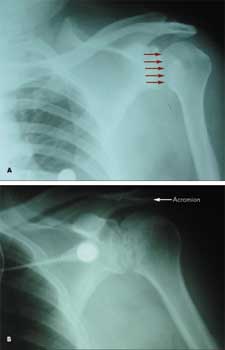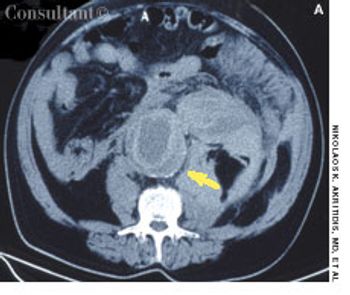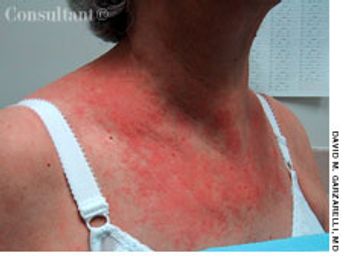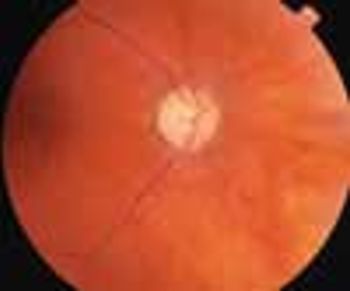
ABSTRACT: The Studies of Left Ventricular Dysfunction (SOLVD) trials demonstrated that early intervention in congestive heart failure (CHF) improves survival. However, early CHF is mainly a clinical diagnosis based on New York Heart Association criteria and, until recently, no easy and inexpensive screening test existed. There are now several such tests that employ radioimmunoassays (RIAs) to measure cardiac peptides in a single plasma sample; results help determine the likelihood that CHF is present but do not definitively establish the diagnosis. The vessel dilator RIA is the most specific and sensitive for differentiating persons with mild CHF from healthy ones; intravenous administration of this cardiac peptide hormone has beneficial hemodynamic, diuretic, and natriuretic properties in persons who have CHF. Brain natriuretic peptide (BNP) measured by fluorescence immunoassay is useful in the emergency department, because a result may be obtained in as little as 15 minutes. This assay may indicate CHF; further tests are recommended to define the diagnosis. BNP increases with other causes of dyspnea, including pulmonary hypertension, pulmonary emboli, and renal failure, so it is not specific for CHF. BNP also increases with age, and measured values are higher in women than in men.


















































































































































































































































































